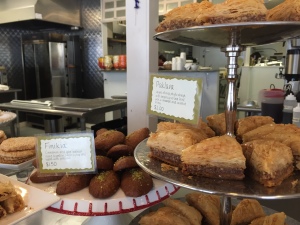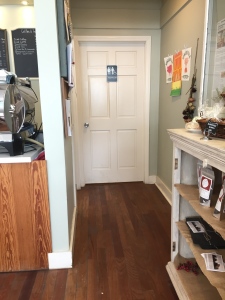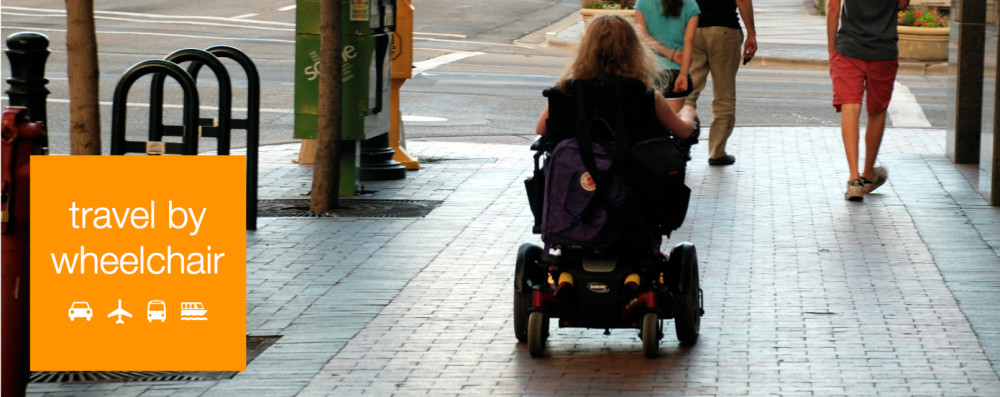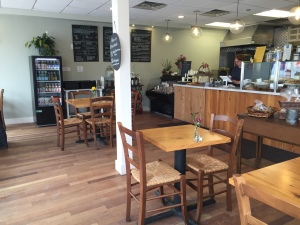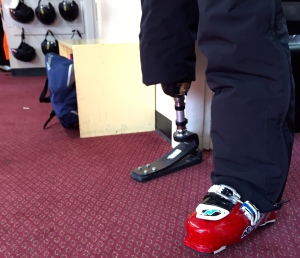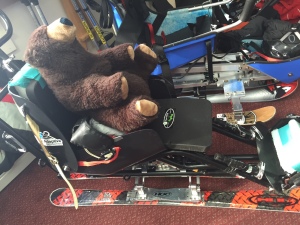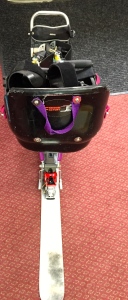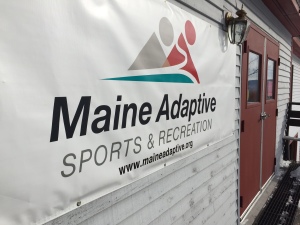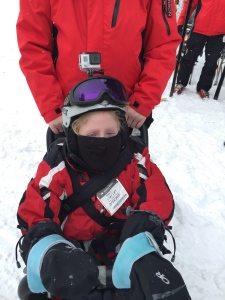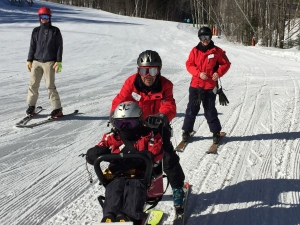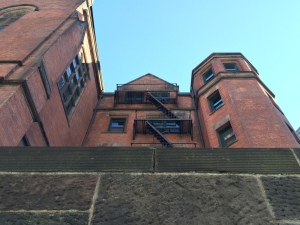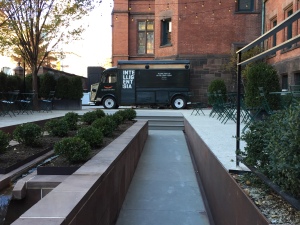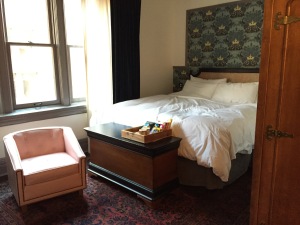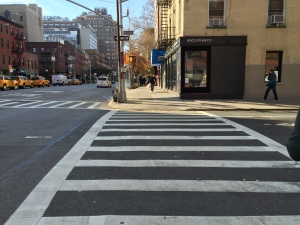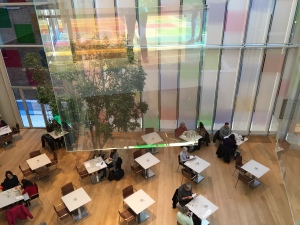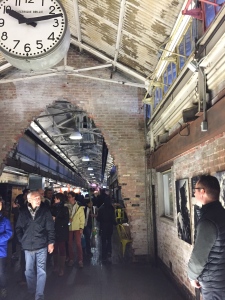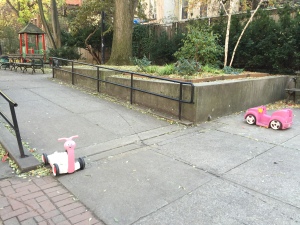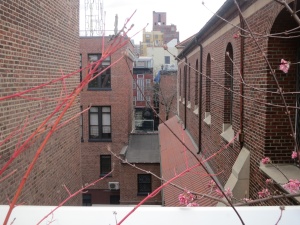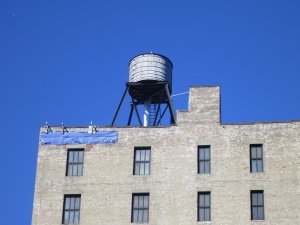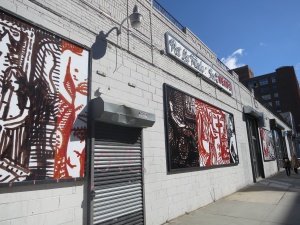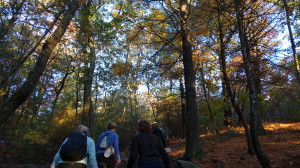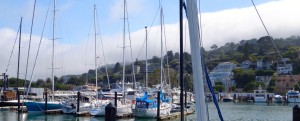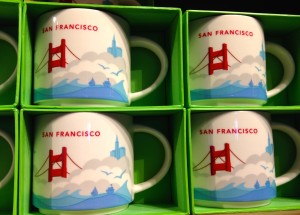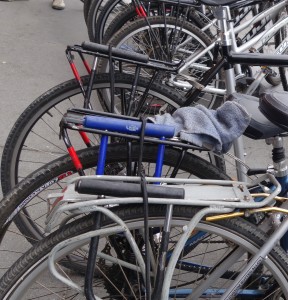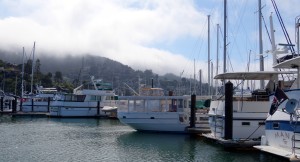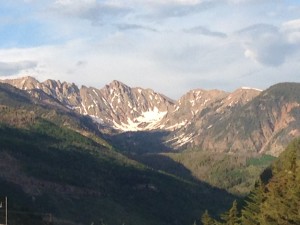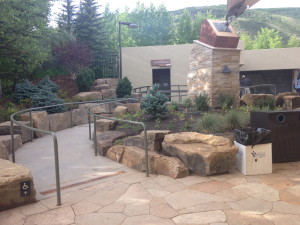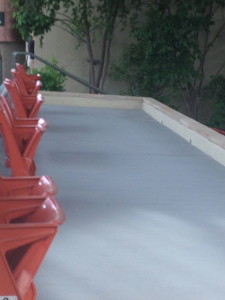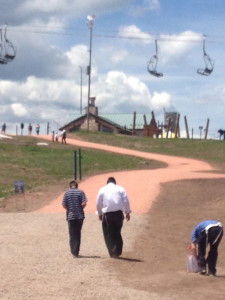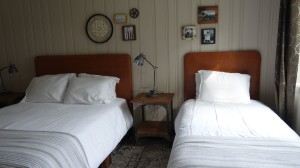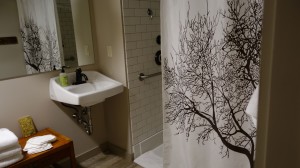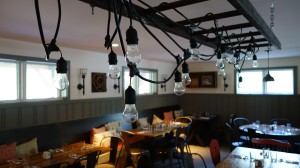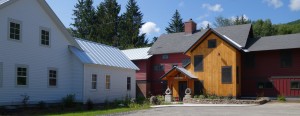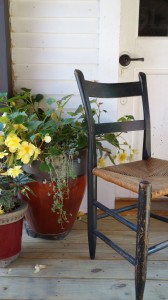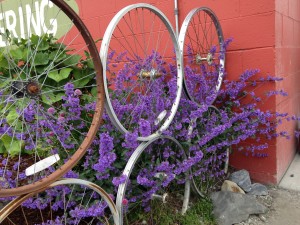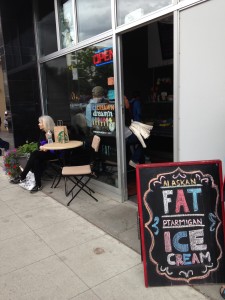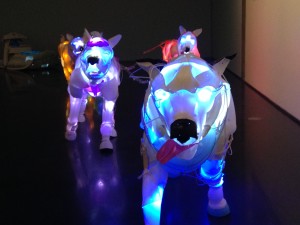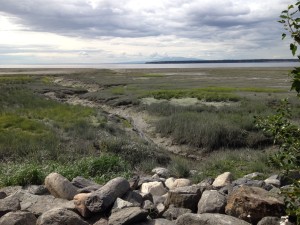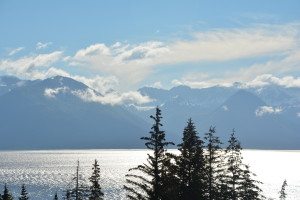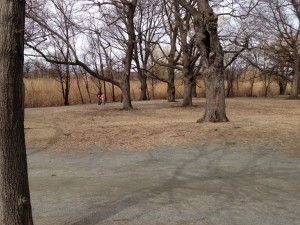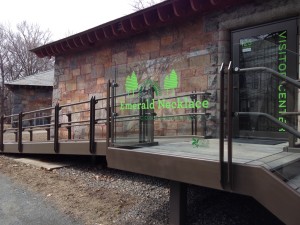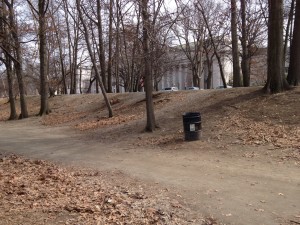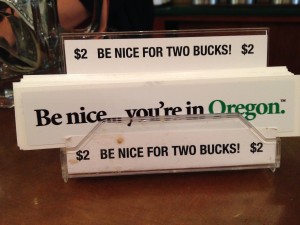 Living all of my life in or near Boston, Massachusetts, I was certain I’d have an instant affinity for Portland, OR. So much in common: oceans, city life, a liberal bent, a northern mentality…
Living all of my life in or near Boston, Massachusetts, I was certain I’d have an instant affinity for Portland, OR. So much in common: oceans, city life, a liberal bent, a northern mentality…
I was wrong. Much as I liked Portland, I just don’t fit in. Seattle or San Francisco might take me in, but I’ll forever be a visitor to Portland.
For one thing, driving in Portland is like entering the Twilight Zone. There are road markings I’ve never seen in my life (the 2-foot wide green strip on the right side of the road couldn’t possibly be the bike lane, right?), bikers zoom at you out of nowhere and the pedestrians look like Zombies on parade, taking a break from their headphones and i-things to menace drivers with a single scowl. The city has special and strange lines on the street for bus traffic – I imagine bus travel is the third most-preferred form of travel (after foot and pedal) because it is so green. The welcome sight of the highway warmed my speedy little Boston heart, and I vowed to return to Portland only on foot or wheel.
Second, true to the stickers you see everywhere – “Be nice- You’re in Oregon!” – the people are by and large very friendly (unless you’re a car driver sharing the road with a biker or pedestrian, maybe). But the constant admonishment to “Be Nice – You’re in Oregon!” began to raise my ornery, Massachusetts, stand-offish hackles a wee bit. When you say, “be nice” does that mean I have to talk to you and hear about your day, even though you are a stranger? What more will you want from me? Is this a scam or something?!
Last but not least, I have no hipster vibe or clothing. No piercings or tats. I do have a travel espresso mug (the coolness of which IS remarked upon by the barista from Oregon that works at my local Peet’s) but that hardly cuts it here. I just don’t fit in.
But I’ll return, and you might consider a visit, too. Here are some travel goods:
-We stayed at the Heathman Hotel in downtown Portland, which was a mistake. It’s expensive, tacky, run down and noisy (both inside and out). The hotel has made wheelchair modifications, but because it’s an old building, they are jerry-rigged. There’s a lift but it’s squeezed into a corner, the halls are narrow and the elevators small, and the restaurant (which is only partially accessible) is crowded by tables and chairs. I am told there are rooms that meet ADA specifications.
– This is where I would stay: the Ace Hotel. Entrance is through the adjoining Stumptown’s front door – and wow, do they have fantastic coffee….and smiling baristas. Cool downtown spot, with ample lobby seating and wheeling area in front of big plate glass windows (perfect for your Stumptown espresso and people watching). Although there is only street parking, there is a garage two blocks down and the sidewalks are easily wheelchair accessible. There are several wheelchair-accessible rooms (I couldn’t see any of them but I was told the showers are roll in with grab bars and the doorways meet ADA standards). Plus, pets are welcome! Woo hoo.
-Good coffee and breakfast at accessible Caffe Destino in Northeast Portland. Wheelchair accessible, with ADA parking spaces nearby. Walked one block over to Whole Foods for lunch for our day trip to the Columbia River Gorge area.
-Troutdale (east of Portland on the Columbia River, on I-84) is about 40 minutes from the Whole Foods mentioned above and is and the beginning of Oregon’s scenic Route 30 drive. Plenty of pull-outs for photos along the way, and a wheelchair-accessible rest stop called the Vista House at Crown Point. The Vista House has ADA parking spaces, is well-ramped, and has a lift from the first floor to the lower floor, where the photo gallery, gift shop and the rest rooms are.
We continued on the curving road through moss-laden Douglas fir trees (also known as Oregon pines) first to Multnomah Falls, part of the Columbia River Gorge National Scenic Area (http://www.fs.usda.gov/crgnsa). The full loop can take 3-5 hours. Another option to doing the drive out and back along Route 30 is to take Route 35S, after the Hood River Exit 63, drive past Mount Hood, and then return to Portland.
– Another great lodging option outside of Portland proper is McMenamin’s Edgfield. The McMenamin family has converted about half a dozen abandoned properties in the Portland area, and this one was formerly a Poor Farm, built around 1913. The property is almost completely wheelchair-accessible, including garden paths, a glass-blowing gallery, an outdoor cafe, the pool hall and game room on the basement level, the Black Rabbit restaurant, the gift shop and espresso bar, the first-floor bathroom and accessible hotel rooms. The building is ramped from the outside to the lower level, where a highly-decorated elevator brings you to floors one and two. All this and an outdoor concert space too! Although I didn’t see them, I am assured the accessible rooms have ADA-defined wide doors, roll-in showers and grab bars. There seem to be plenty of ADA parking spaces. There’s a lot to do here, and it’s a great gateway to the above-mentioned scenic drives. We had lunch at the Black Rabbit, and although it was so-so, the wait staff were attentive and the restaurant was easy to maneuver in a chair.
Lucky Staehly, one of the residents of the Poor-Farm-Turned-Nursing-Home, is commemorated in several pieces of artwork on the walls. Lucky used a wheelchair and was a “pool shark, ladies’ man and wheelchair racer” – love it!
-If you love the outdoors, see the Tryon Creek State Natural Area, which has good ADA parking, an ADA path called the Trillium Trail and an accessible nature center (http://www.tryonfriends.org), about 20 minutes from downtown Portland.
